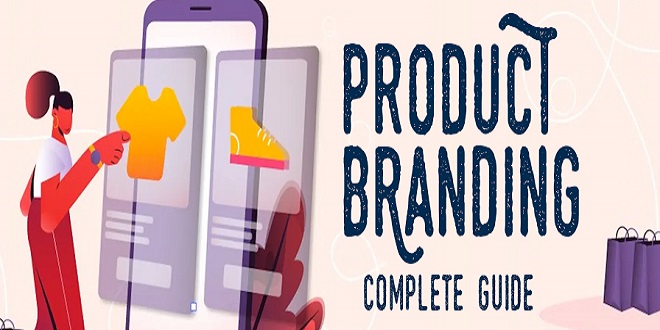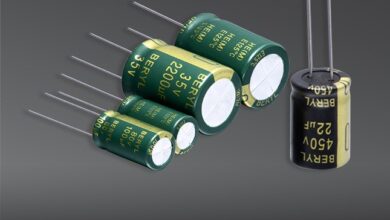
Just as actors, sportspeople, musicians, and models have become global celebrities, so have the fashion designers themselves. In the past, individual designers sometimes shunned their own fashion shows because they were too private, camera-shy, or aloof to attend. Traditional French haute couture relied on intimacy, privacy, select customers, elite venues, and extreme subtlety in business transactions, and certain designers—such as Balenciaga—preferred to stay in the shadows. This not only hindered image profiling but often restricted sales as well. In today’s market, the presence of a designer will not only boost sales at collection showings but at store openings and perfume launches as well.
Their image becomes synonymous with their product. In turn, the ‘designer as product’ maximizes brand awareness. Armani will appear on stage dressed in a white T-shirt and jeans. This down-market image not only advertises his ‘diffusion’ line, Emporia 2—created for a younger clientele—but also reinforces that the white, single-pocket T-shirt is the ultimate universal casual statement for men—in fact, the best-selling line since the Second World War. Reinforcing their designer label’s image, Calvin Klein has become the master of image creation and—like a chameleon—has metamorphosed his image from the suave man about town to the sophisticated and more mature suited businessman.
Orji Yamamoto wears understated black—historically the symbolic color of intellectual pursuit—and signify es his perceived reluctance to promote his creative work as a commercial enterprise. Tom Ford and Karl Lagerfeld, both always immaculate, exude a confab dance through their self-assured manner, which mirrors their success in the industry. For designers, remaining in the public eye is central to the marketing success of their fashion goods.
Haute couture collection showings cost a designer hundreds of thousands of dollars, which is never retrieved in sales; however, the opulent displays generate pages of free advertising, keeping the designer’s name constantly in the media. The post-war French haute couture firms became corporate entities as they were only able to survive with massive financial investment and management. Dior’s business, for example, was backed by a textile magnate and run by a business manager, while the designer himself was allotted a share of the profits.
Other products and interior designers have followed his lead. Philippe Stark is seen today as one of the key lifestyle product designers, who links his products with his own image. In his promotional photograph, he appears with his Salif juicer, topped with a lemon, being worn provocatively as a hat. In other advertisements, he stands on a ceramic plant base holding two pot plants. Interestingly, as a member of the New Design group in Paris, he founded a firm in 1968 which made inflatable objects; the next year he became Art Director with Pierre Cardin.
In 1975, he began designing interior and product designs independently. He was not interested in protest or provocative design, as were most members of the New Design group in France—including Gaultier—but was commercially oriented towards relatively inexpensive items for mass production. While anti-design was popular in the consumer goods industry, Starck was pragmatically oriented towards the classic industrial design model, as promulgated in the philosophy of America’s legendary Raymond Loewy. According to Hauffe (1998), he has not hesitated to borrow elements from past design styles—streamlined dynamic lines, organically formed handles, chair legs reminiscent of art nouveau, and more.
Women Delusion Calculator Women have long been the subject of stereotypes and misconceptions that have had a significant impact on society. These myths have perpetuated gender inequality and have shaped the way women are perceived and treated in various cultural and social contexts. By busting these myths, we can foster a more inclusive and equitable society that recognizes and respects the diverse experiences and contributions of women.
Last word
His preference for unusual combinations of materials, such as plastic with aluminum, plush fabric with chrome, or glass with stone, is also characteristic of his design (1998: 164). By the 1980s, the royalties gained from the licensing of fashion labels, as well as the sale of perfume, cosmetics, and other fashion products, became the main source of profitability for many designers, including Yves Saint Laurent.





